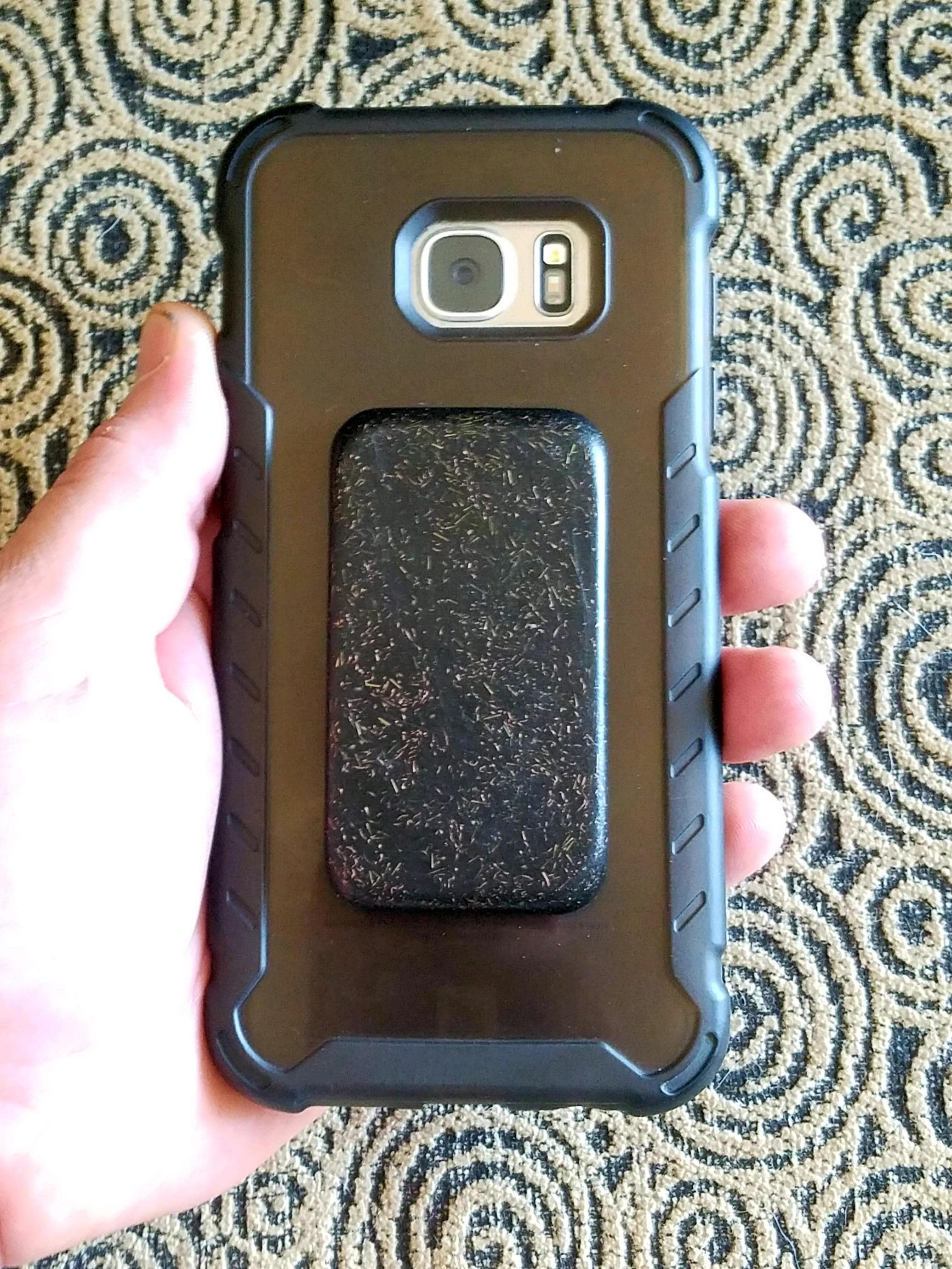No matter if you live in an apartment or house or just want to keep your home free of EMFs There are a variety options to limit your exposure. https://etextpad.com/ of the most effective is to reduce your electronic device use. You could also consider EMF blocker paint to block EMF radiation from entering your home. Another easy way to protect your home against EMF radiation is to use an RF shielding canopy. It is a type made of net which contains EMF shielding. emf blocking clothing is utilized to block EMFs from entering a space. Another alternative is to have your home equipped with a conductive enclosure. These enclosures are known as Faraday cages.
Several studies have shown that the non-ionizing RF EMF produces antiproliferative effects in HCC cells. The mechanism of AM RF EMF's anticancer activity in vitro is believed to result from the deregulation in cancer-related stem cells. This could explain the long-term effects observed in certain patients suffering from advanced HCC. However, the mechanism behind AM EMF's effects on patients suffering from cancer isn't clear.
Aspects on the effects of AM electromagnetic fields (RFEM) on HCC tumor growth in vivo were examined in mice. The tumours were divided in three different groups. The first group was not exposed to RF EMF. The second group was exposed RF EMF at a frequency that is similar to the frequency used by humans. Third group members were exposed RF EMF with HCC-specific modulation frequencies. The effect of HCCMF on tumors was evaluated against that of RCF. The results showed that the tumors treated by HCCMF were significantly shrinking. However, tumours treated with RCF did not show any evidence of shrinkage of the tumor.

The mechanism behind cancer-specific AM RF EMF might be due to the fact that tumor cells require Cav3*2 T-type voltage calcium channels for their proliferation and down-regulation. AM RF EMF's ability to inhibit proliferation upon HCC cells is mediated through CACNA1H the protein that regulates the Ca2+ influx specific to tumors. The findings suggest that CACNA1H could have more broader implications in the treatment and diagnosis of many cancers.
The tumours of those in the group that were unaffected RF EMF, and were fed a normal diet of mice. block emf radiation of those in the HCCMF group were injected with Huh7 cells at the time they were between five and seven weeks old. The tumours were then euthanized in cases of excessive burden.
The tumours in the three groups showed different growth curves. The tumours treated with HCCMF had a significant reduction in tumour size after 8 weeks. However, tumors treated with RCF showed no shrinkage. The difference was highly significant. The tumors treated with RCF were able to show necrosis, which is typical when tumors are exposed to RCF. It is possible that the necrosis was caused by the lack of oxygen in the more invasive cancers.
In conclusion, the findings indicate an AM-RF EMF is a powerful source of anticancer activity in vitro and in vivo. A number of studies have proven the fact that AM RF EMF produces measurable shrinkage of tumors for HCC patients. It is possible that AM RF EMF causes these effects due to CACNA1H which is a protein involved in the process of tissue-specific Ca2+ influx. Additionally, AM RF EMF may exert a sustained effect on the growth of HCC tumors in the vivo.
